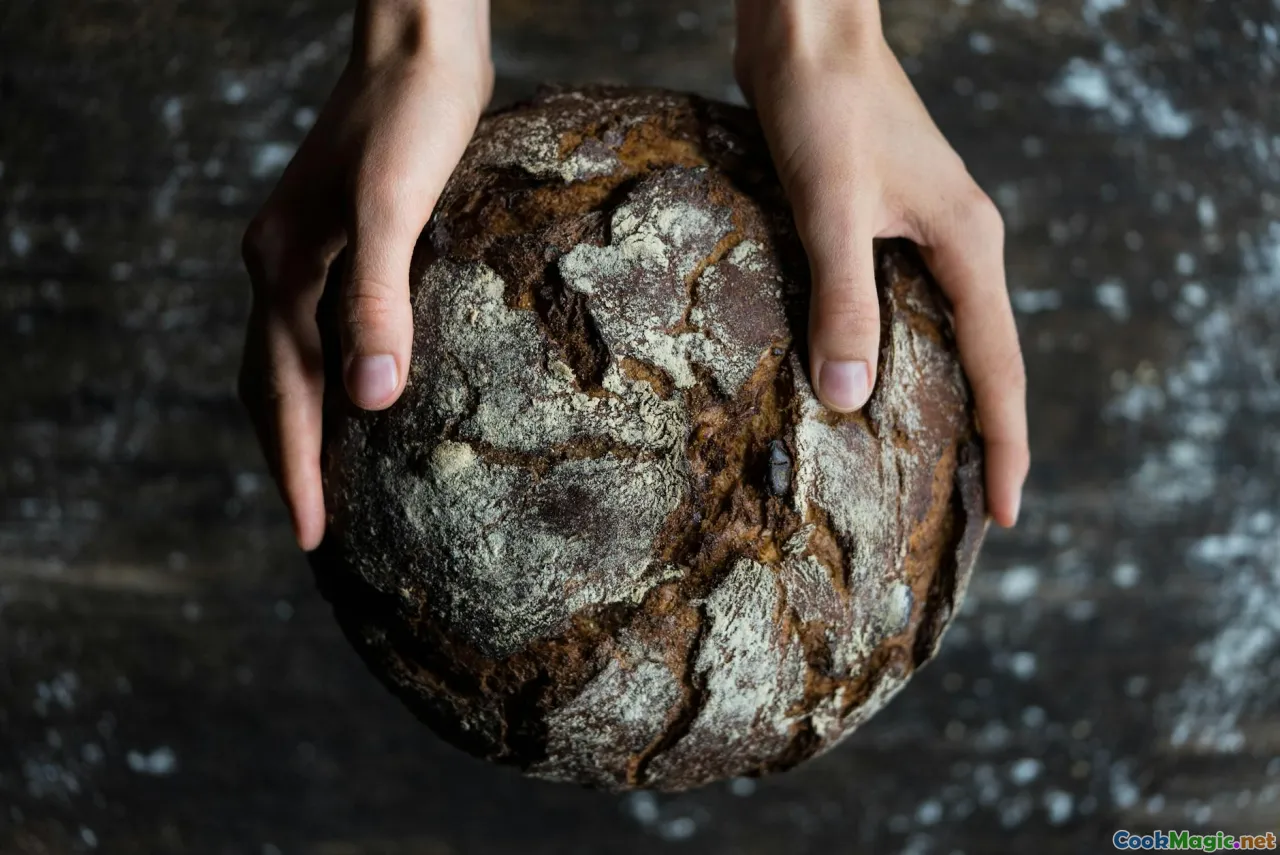Fermentation Methods Preserved in Kanak Kitchens
8 min read Discover the rich fermentation techniques preserved in Kanak kitchens that define New Caledonian culinary heritage and connect generations. April 22, 2025 09:00
Fermentation Methods Preserved in Kanak Kitchens
Imagine walking into a rustic kitchen nestled amidst the lush landscapes of New Caledonia, where the air is thick with the aroma of fermenting treasures—sour, tangy, and bursting with life. The Kanak people, indigenous to this vibrant island, have mastered the art of fermentation long before it became a global culinary trend. Their methods are not merely about preservation; they are a deep-rooted expression of cultural identity, community bonding, and harmony with nature.
Introduction: An Ancient Culinary Symphony
Fermentation is one of the oldest food preservation techniques known to humanity. Across continents and cultures, it has served as a vital link to sustenance, tradition, and identity. In Kanak kitchens, fermentation is more than a practical necessity—it's a living tradition that embodies respect for the land, the sea, and ancestral wisdom. These age-old methods have endured through generations, passed down like sacred rituals, quietly preserving the flavors of the islands.
The Rich Cultural Context of Kanak Fermentation
Historical Roots and Cultural Significance
The Kanak people's history is intertwined with the abundant natural resources of New Caledonia—the lush forests, fertile soils, and surrounding coral reefs. Early inhabitants relied heavily on local plants, fruits, roots, and seafood, developing unique fermentation techniques to extend shelf life and enhance flavors.
Fermentation played a pivotal role in communal gatherings, ceremonies, and daily life. It was, and still is, a symbol of resilience and ingenuity, transforming humble ingredients into complex, vibrant foods.
Connection to Nature and Sustainability
Kanak fermentation methods reflect a profound respect for ecological balance. They utilize indigenous flora and fauna, reducing waste and promoting sustainability. The natural fermentation processes are carefully monitored, often involving communal participation, fostering social cohesion.
Traditional Fermentation Techniques in Kanak Kitchens
1. **Tepu (Fermented Seafood and Fish)**One of the most iconic fermentation practices involves preserving seafood through natural fermentation. Fresh fish or seafood—such as crabs, mollusks, or small fish—are cleaned and buried in earth or stored in clay vessels with salt and local herbs. Over days or weeks, the mixture ferments, developing a pungent aroma and a complex, umami-rich flavor.**Sensory Experience:**The smell is sharp and tangy, reminiscent of aged cheese with a salty undertone. The texture becomes tender, with a slight chewiness that releases bursts of savory richness with each bite.Cultural Notes: Tepu is often used as an ingredient in stews or eaten directly, accompanied by taro or yams. It’s a delicacy reserved for special occasions, symbolizing the community’s resourcefulness.
2. Kava and Fermented RootsKava, a traditional ceremonial drink, sometimes involves fermentation of roots like kava (Piper methysticum). Indigenous methods involve crushing the roots and fermenting the pulp with water, allowing the natural yeasts to develop the characteristic calming properties.Sensory Experience: The drink has an earthy, bitter taste with a slightly effervescent quality. Its aroma is woody and herbal, inviting a sense of grounding and connection.
3. Fermented Fruits and VegetablesTropical fruits like bananas, breadfruit, and taro are also fermented to create tangy condiments or beverages. For example, fermented breadfruit is mashed and stored in clay jars, where natural fermentation creates a sour, mildly alcoholic product.Sensory Experience: The flavor is sour and fruity, with a smooth, pudding-like texture. The aroma combines sweet and sour notes, evoking the tropical essence of the island.
4. **Taku (Fermented Coconut)**Coconuts are grated and combined with water, then left to ferment in carved-out shells or clay containers. This process yields a mildly sour, probiotic-rich beverage that is both refreshing and nourishing.Sensory Experience: The taste is tangy with a hint of sweetness, and the aroma smells of fresh coconut and fermentation.
Personal Reflections and Stories
During my visits to remote Kanak villages, I’ve had the privilege of witnessing these fermentation processes firsthand—immersing myself in the sensory world of age-old techniques. I remember the community gathering around a large earthen pit, where fish was buried with herbs and salt, the air filling with a pungent, inviting aroma. The patience required—waiting weeks for Tepu to mature—mirrored the deep respect for nature’s cycles.
One elder, with a knowing smile, explained how these methods connect them to their ancestors, a living lineage preserved in the tangs and aromas of their foods. These practices are not merely culinary; they are spiritual, embodying a profound harmony with land and sea.
Modern Relevance and Challenges
Today, these traditional techniques face challenges from globalization, urbanization, and changing lifestyles. However, there is a growing movement among Kanak chefs and food enthusiasts to revive and celebrate these methods, recognizing their cultural importance and health benefits.
Innovative chefs are experimenting with fermentation, blending ancestral wisdom with contemporary gastronomy to create dishes that honor tradition while appealing to modern palates. This revival fosters pride in Kanak identity and promotes sustainable food practices.
Conclusion: A Heritage of Flavors and Wisdom
The fermentation methods preserved in Kanak kitchens are more than culinary techniques; they are a testament to resilience, community, and a deep connection to the land and sea. They remind us that food is a living tradition, evolving yet rooted in ancestral knowledge.
As we explore these vibrant flavors, we participate in a centuries-old dialogue between people and nature—a dialogue that continues to nourish both body and spirit. Embracing and protecting these practices ensures that future generations can taste the essence of Kanak culture, a flavorful legacy fermented in time.
In the heart of the Pacific, the Kanak people teach us that fermentation is more than preservation—it's a celebration of life’s richness, passed down through generations, in every tang and aroma.









